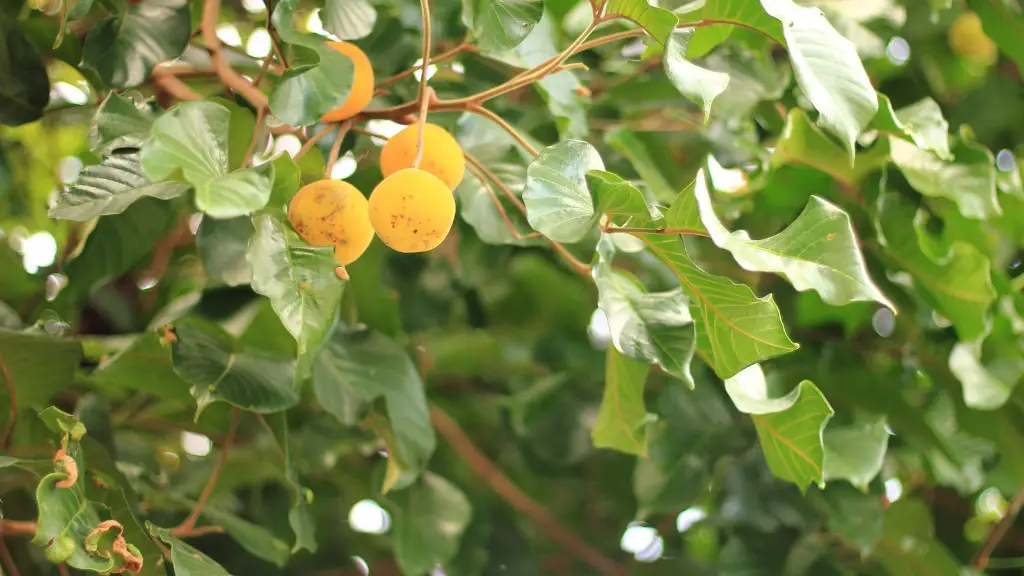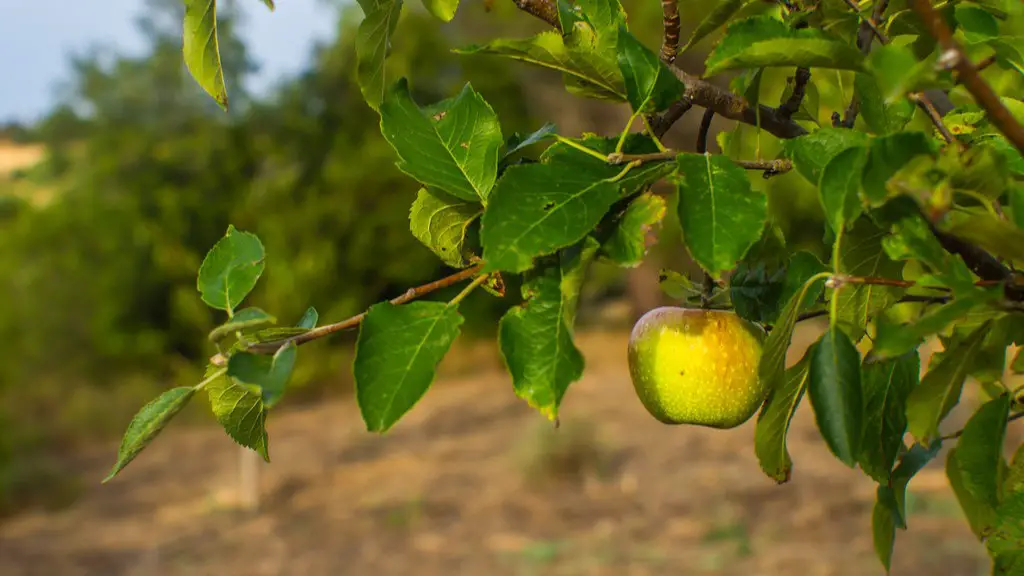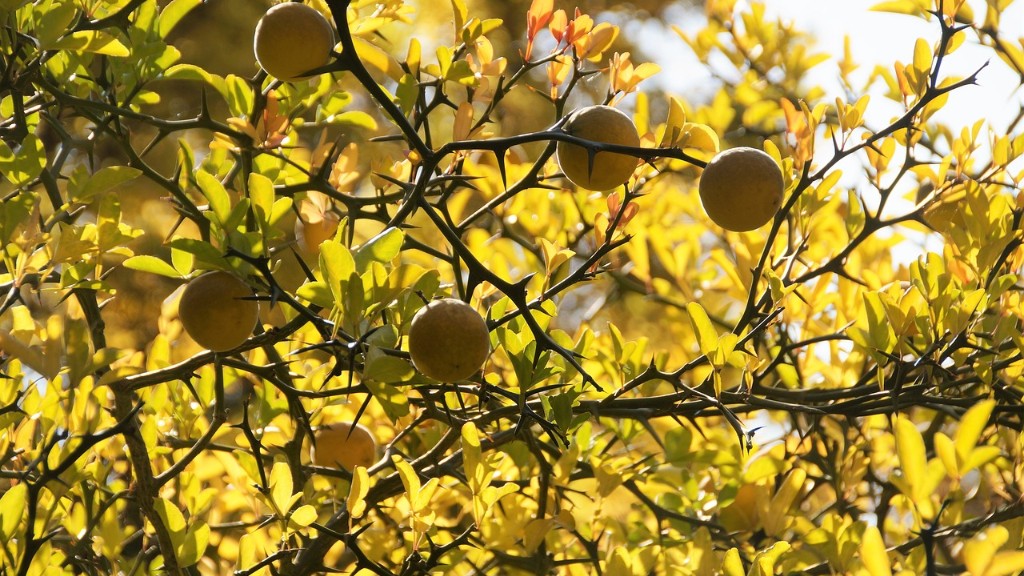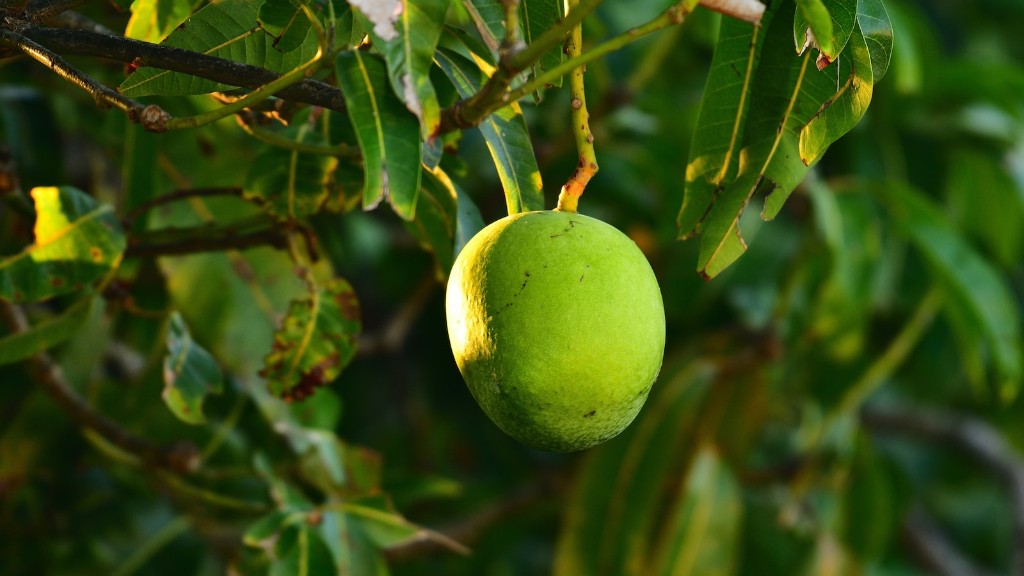Mature lemon trees can be transplanted to a new location with the right tools and technique. There are various steps involved in ensuring a successful transplant, and it’s important to understand these before beginning. To begin with, one should get to know the mature lemon tree, so that the process of transplantation is carefully executed. This requires research into the history of the tree, such as its age and health, as well as its growth history.
When transplanting a mature lemon tree, one should select a suitable location for the tree’s new home. The climate should be suitable for the tree, as well as adequate nutrients, water and sunshine. Ideally, the location should also have a good drainage system, as this helps to reduce the potential for tree root rot and stress.
After selecting the new location, the soil must be ready for the transplantation. This begins with analyzing the pH levels, nutrient contents and soil structure of the new location. It may be necessary to make amendments like adding organic matter or adjusting the pH levels in order to provide favorable conditions for the tree. Once the soil is prepared, the tree can be transplanted.
The next step is to carefully excavate around the mature lemon tree, taking extra care to avoid damaging the tree’s roots. It’s important to get as many of its roots as possible, as these are necessary for the tree’s survival in the new environment. The excavated soil should also be preserved, so that it can be used to refill the newly dug hole.
Once the tree is successfully excavated, it should be stored in a moist and cool environment during transportation to the new location. This helps to reduce the stress caused by traveling and keeps the tree in good condition when it reaches its new home. At the new location, the mature lemon tree should be placed in its new hole, with its roots fanned out in the soil.
Finally, it’s important to provide adequate care for the tree when transplanting. This includes watering the tree regularly, fertilizing as needed and pruning any damaged limbs. It’s also recommended to protect the tree from pests and disease by using organic solutions, such as barriers and repellants. In doing so, one can help to ensure a successful transplant, and enjoy the fruits of a mature lemon tree in its new home.
Watering a Mature Lemon Tree
Watering is an important part of caring for a mature lemon tree and ensuring its successful transplant. To begin with, one should understand the watering needs of the tree. This requires research into the tree’s tolerance for water and its specific irrigation needs depending on its location and time of year. It usually helps to water early in the morning on regular days, and deep water during hot and dry periods to help keep the tree healthy.
When watering a mature lemon tree, the amount of water should be carefully considered. Too much water can cause root rot and overwatering, and too little can cause the tree to become stressed. Additionally, it’s important to direct the water to where the tree’s roots are, to ensure even watering and nutrient distribution. One can do this by using a garden hose and aiming it toward the soil rather than the leaves and branches.
Along with watering regularly, it’s necessary to monitor and check the soil land drainage. This should be done every couple of weeks or so, by looking for signs of waterlogging and other soil health indicators. One may also need to adjust the depth of soil when transplanting to ensure adequate drainage. When done correctly, these measures can help to provide adequate moisture for a mature lemon tree’s root system, and therefore its overall health.
Mulching is also beneficial when watering a mature lemon tree. This helps to preserve moisture in the soil and prevent weeds, while providing fertilizing and aeration benefits. Additionally, a thick layer of mulch can help to protect the tree in hot climate. Lastly, it should be noted that over-fertilizing should also be avoided when watering a mature lemon tree, as it can damage the tree’s roots and health.
Fertilizing a Mature Lemon Tree
Fertilizing a mature lemon tree before and during transplantation helps to ensure its long-term health and growth. This requires understanding the specific fertilizer needs of the tree, which varies depending on the tree’s species, location and age. It usually helps to test the soil to determine its nutrient content, before applying any fertilizer.
When applying fertilizer to a mature lemon tree, the type and amount should be carefully considered. Organic fertilizers are usually preferred over chemical fertilizers, as they are more natural and offer longer term benefits. The amount should usually be lower than what is recommended by the manufacturer, as too much can cause leaf burn and other damage. Additionally, one should avoid fertilizer applications during the hottest times of the year, as well as during active periods of flowering and fruiting.
It’s also recommended to carefully spread the fertilizer around the tree’s base, as opposed to directly over the roots. The roots should be left uncovered, and the fertilizer should be applied in a diluted form. This helps to avoid burning the tree’s roots, while still providing the desired macro and micro nutrient benefits. Additionally, one should not forget to adjust the soil’s pH levels, as this can help to ensure a good fertilizer absorption rate.
In addition to fertilizer, other activities like composting can be beneficial for a mature lemon tree. This helps to naturally supply the tree with needed nutrients and raises the soil’s temperature, which is especially helpful during cold periods. Composting will also add organic matter to the soil, which is essential for healthy growth. Lastly, it should be noted that when fertilizing a mature lemon tree, it’s critical to follow the instructions and not to overdo it.
Pruning a Mature Lemon Tree
Pruning a mature lemon tree during transplantation and after is an important part of its overall health and growth. This requires an understanding of the anatomy of the lemon tree and its specific pruning needs. Generally, it helps to remove any dead or diseased branches, as well as to shape the tree when it’s too crowded or unbalanced. When pruning, it’s essential to use sharp and clean tools to ensure a precise job.
A mature lemon tree should typically be pruned in the spring, before the fruiting season. Pruning during the winter months should usually be avoided, as the tree is less active during this period. Before beginning, it helps to assess the tree’s overall health and identify possible risks. Additionally, one should understand which parts of the tree are best left alone, such as any new fruit or tender branches.
When pruning a mature lemon tree, one should use clean and sharp tools. This ensures a precise job and minimizes the damage done to the tree. It also helps to choose which cuts should be made carefully, and to always trim back the branch to a healthy bud. Additionally, it can be beneficial to sterilize the tools before and after use, to reduce the risk of passing any diseases from one tree to another.
For a large-scale pruning job, it may be necessary to use a ladder and safety harness. This helps to reduce the risk of falls and injuries during the pruning job. It’s also important to spread the debris over a larger area afterwards, and to properly dispose of the dead branches. This can help to prevent disease and pests from spreading and attacking the tree.
Pest Control for a Mature Lemon Tree
Pest and disease control is an essential part of caring for a mature lemon tree. This includes identifying existing and potential problems, as well as taking steps to prevent or treat them. To begin with, one should control the tree’s natural environment and carefully monitor trees and areas surrounding it. This helps to identify any pests and diseases early on and take the correct steps for pest and disease control.
Various pest control methods can be practiced when dealing with a mature lemon tree. To start with, one should select plants that resist pests and diseases, as this helps to reduce the risks of pest and disease infestations. Additionally, it’s important to use natural repellants and barriers. This includes using plants like garlic, onion and chive, which can help to deter moths and other pests.
It’s also important to remove any dead fruit and leaves from the tree, as this is a common way of pests and diseases entering the tree. Additionally, one should also remove and destroy any pests found on the trees, and sterilize the tools used for pruning and maintenance. If needed, one can also use chemical treatments, although these should be used with caution and only as a last resort.
In cases of disease and pest infestations, it usually helps to start with the least toxic remedy. This includes removing and destroying infected or infested parts of the tree, and treating with approved natural remedies. Additionally, it helps to isolate the tree from the others, and to identify and remove any food sources of the pests or diseases. In doing so, one can help to reduce the risk of spreading, and protect the mature lemon tree from any further damage.




